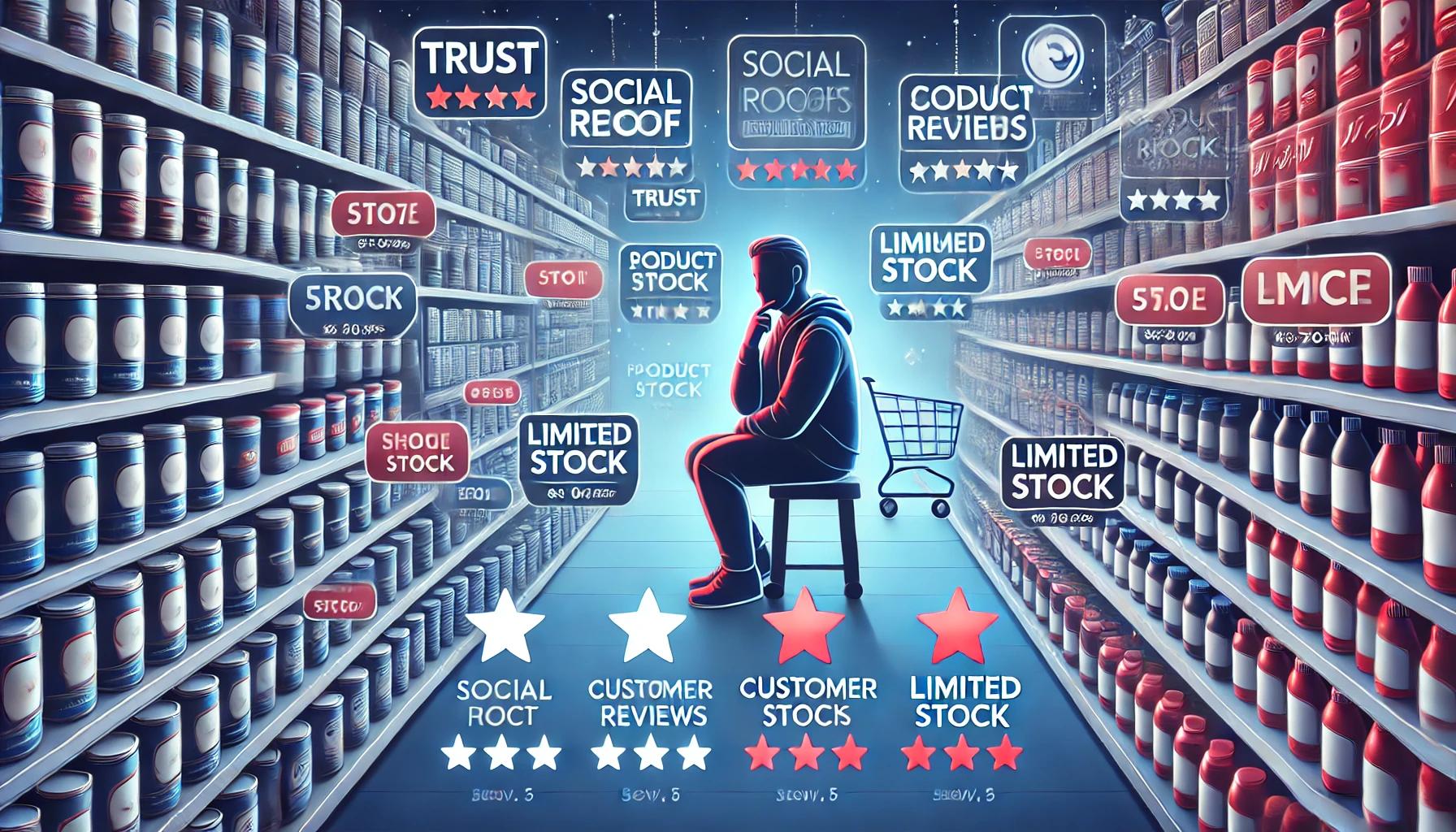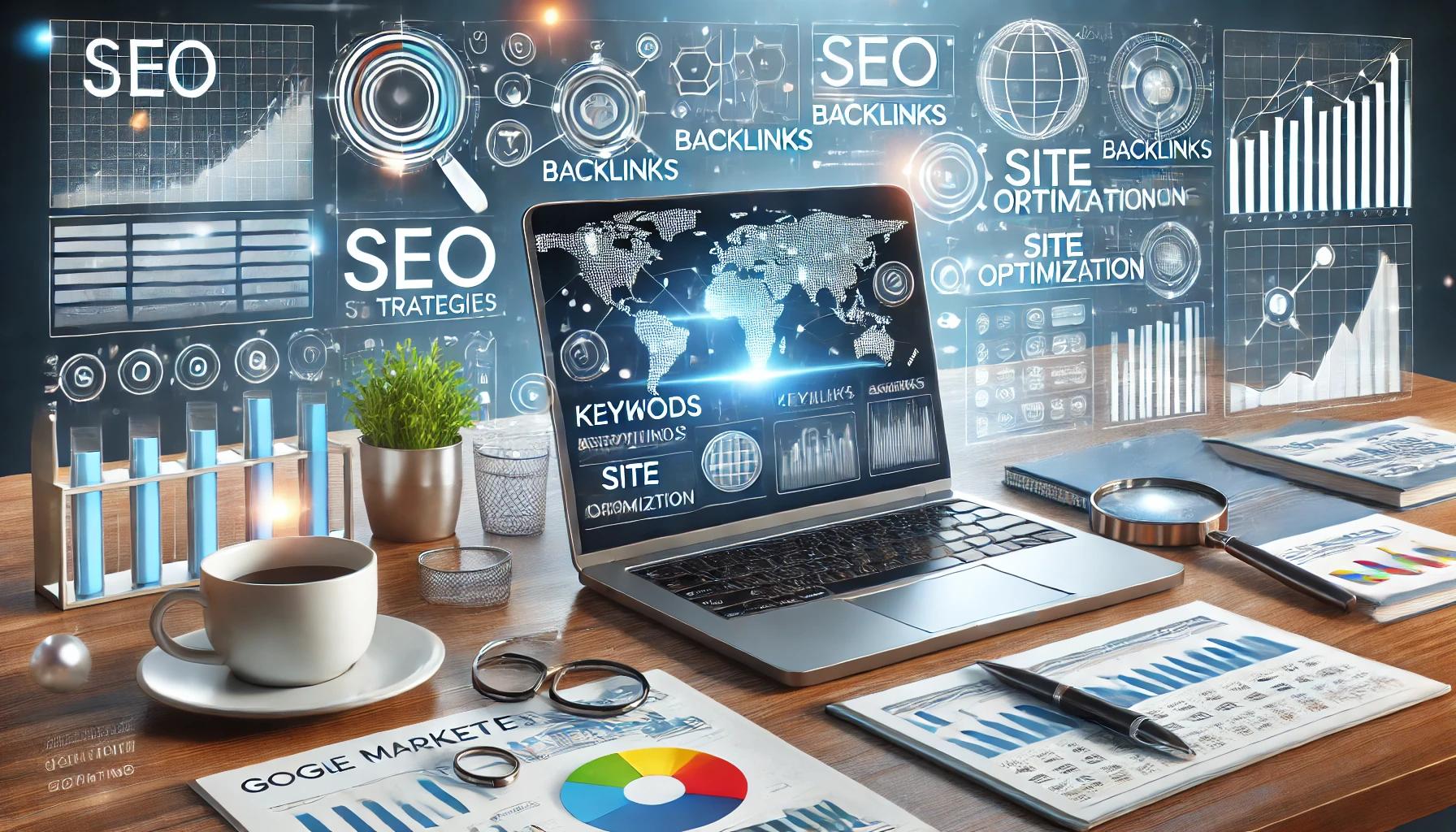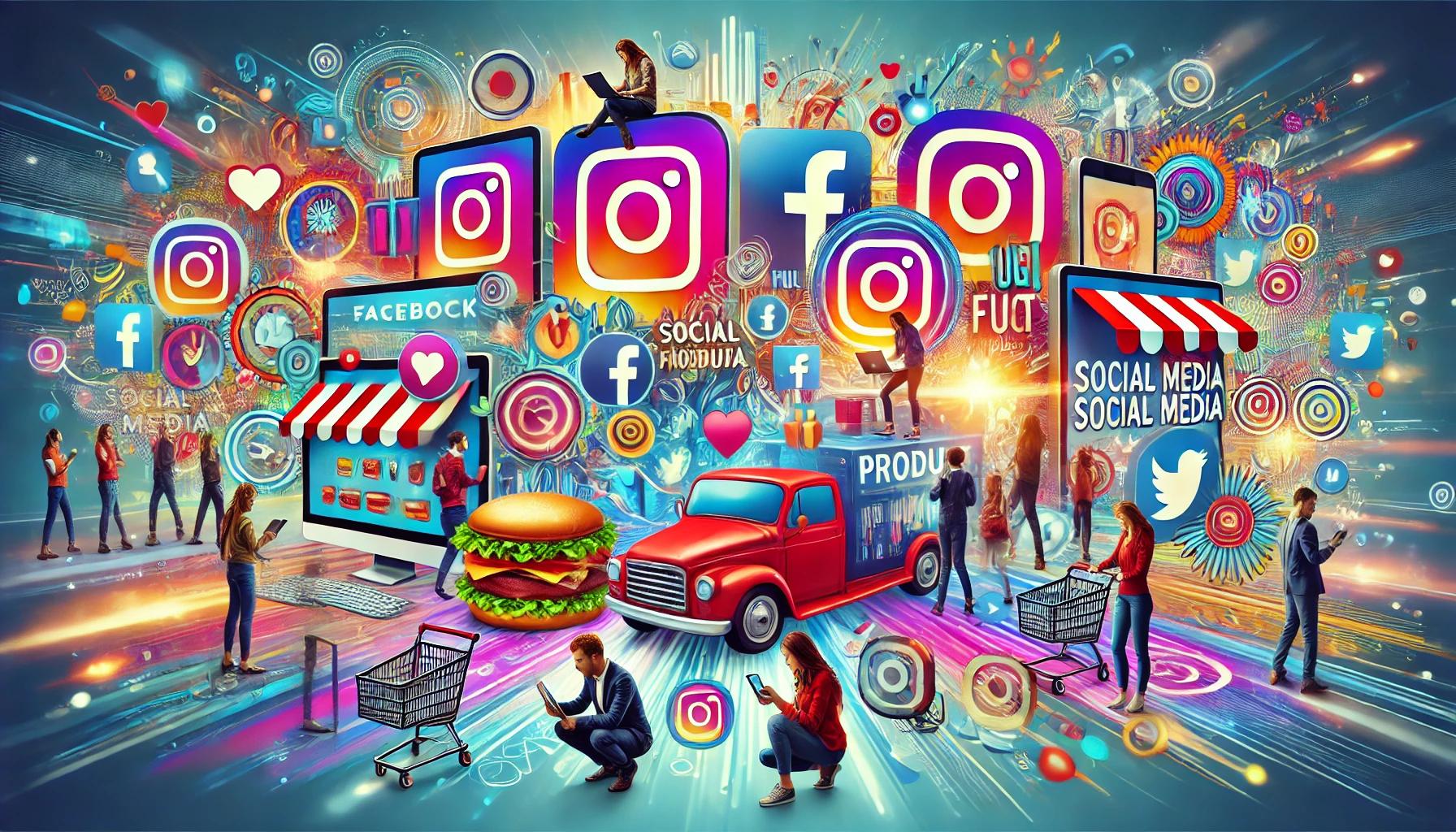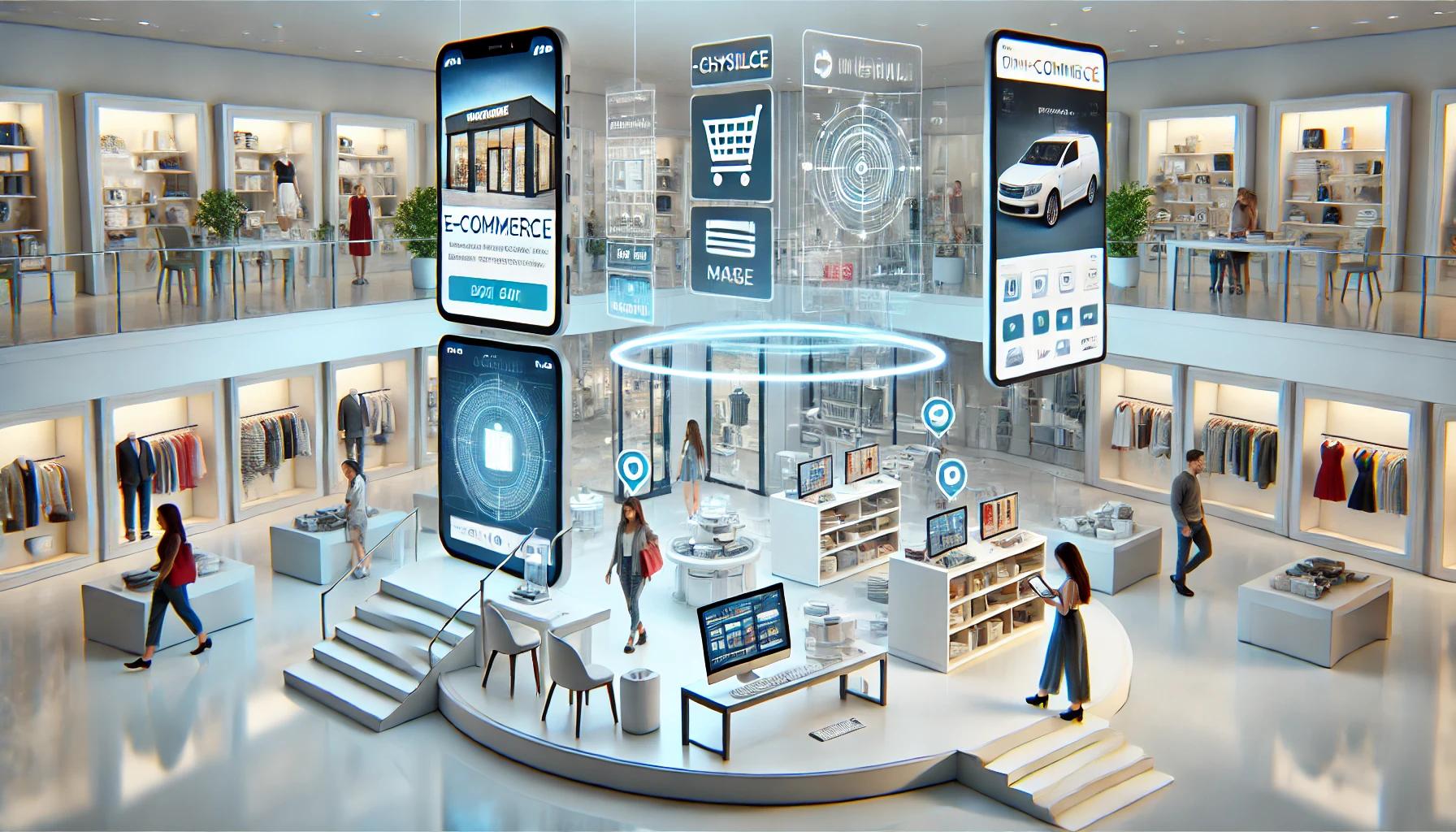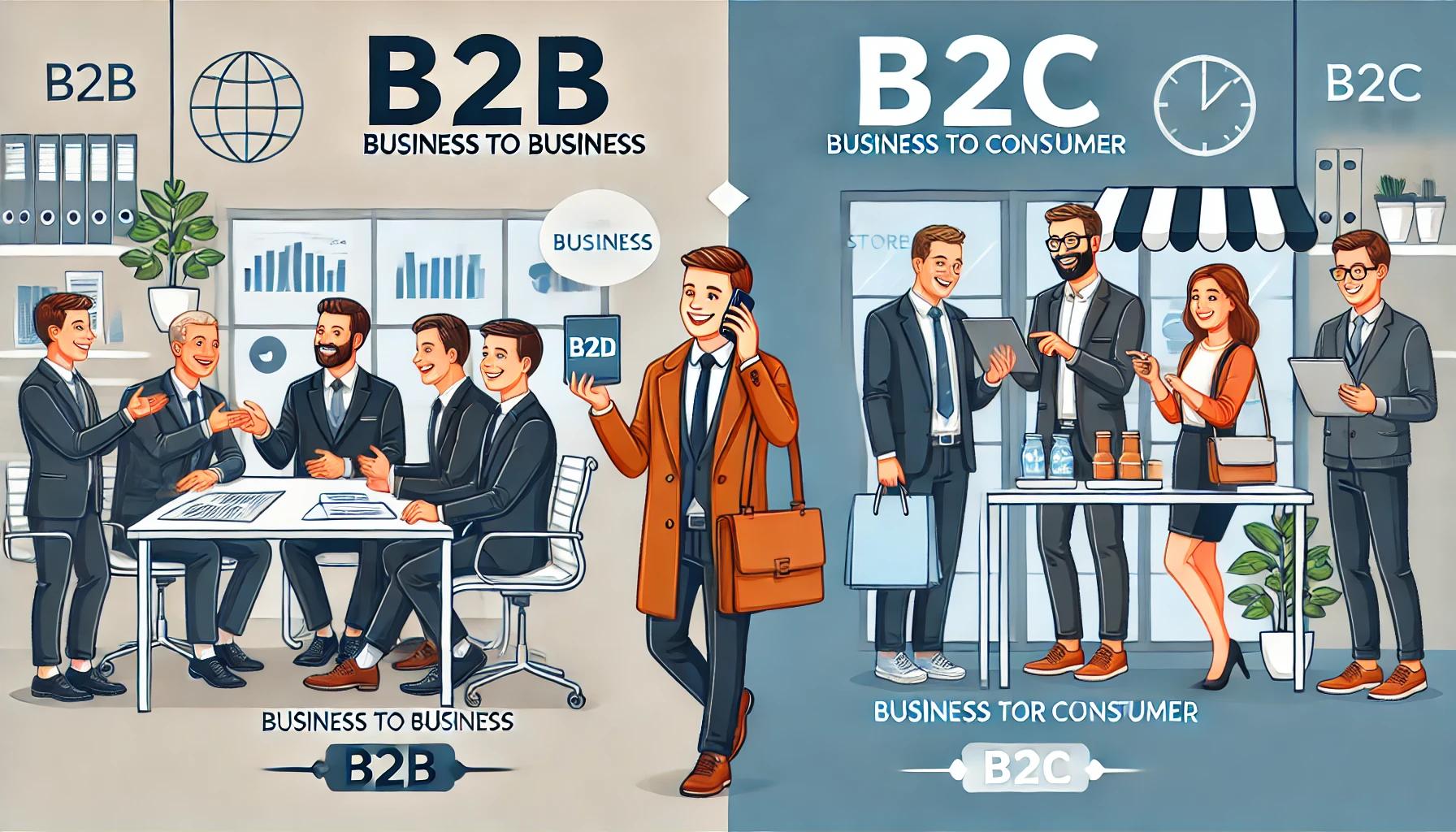Promotions and Discounts: Do They Work in the Long Run? Pros and Cons of Sales in Retail
Promotions and discounts are some of the most popular marketing tools used by retail stores to attract customers. But how effective are these tools in the long term? Can they contribute to sustainable business growth, or do they lead to losses and a decline in customer loyalty?
Advantages of Promotions and Discounts
Attracting New Customers
One of the key benefits of promotions and discounts is their ability to attract new buyers. According to a Nielsen study, around 63% of consumers consider promotions and discounts important factors when making a purchasing decision. For new customers, these offers often serve as an incentive to visit the store and explore the product range.Boosting Short-term Sales
Discounts encourage consumers to buy more. Research has shown that time-limited promotions create a sense of urgency, motivating buyers to act quickly and spend more. This is especially relevant during holiday seasons or special events like Black Friday.Clearing Inventory and Liquidating Stock
Retailers often use promotions to get rid of seasonal items or slow-moving stock. This helps free up warehouse space for new products and minimizes potential losses.
Disadvantages of Promotions and Discounts
Decreased Margins and Profitability
Frequent discounts can significantly reduce product margins. A study by Harvard Business Review found that regular promotions can lead to a decrease in a business's overall profitability. This is particularly noticeable if discounts become a consistent practice.Creating "Discount Shoppers"
Regular promotions may train customers to wait for sales. This creates so-called "discount shoppers" who only make purchases during sales periods. In the long term, this can reduce brand loyalty as such customers will always be on the lookout for better deals elsewhere.Erosion of Brand Value Perception
Frequent discounts can diminish the perceived value of a product or brand. If consumers become accustomed to constant sales, they may begin to see products as lower quality or overpriced in the first place. This, in the long run, can lead to a decline in trust in the brand.
Long-term Perspective: Do Promotions Work?
Promotions and discounts can be highly effective in the short term when the goal is to quickly attract customers or clear out unsold stock. However, frequent use of such tactics can harm the business in the long run.
A key aspect is strategy. Successful brands like Apple and Tesla rarely resort to discounts and promotions, which helps them maintain a high perception of brand value and product quality. Their marketing approach focuses on creating a unique value proposition, emphasizing quality and innovation rather than price cuts.
Optimal Strategy for Using Promotions and Discounts
For long-term success, it’s important to adopt a balanced strategy: - Use promotions wisely, targeting specific periods or events to avoid training customers to expect constant discounts. - Focus on added value: instead of simply lowering prices, offer unique bonuses, gifts, or exclusive services. - Implement loyalty programs to encourage repeat purchases without relying on constant discounts.
Conclusion
Promotions and discounts are powerful marketing tools that can effectively drive sales, but their frequent and improper use can have negative long-term effects on a business. It’s crucial to follow a strategy that considers both short-term and long-term goals, maintaining a balance between offering discounts and preserving brand value.
Sources:
- Nielsen – Consumer Research Study on Promotions, 2020
- HBR - The Urgency Effect: How Limited-Time Offers Increase Sales, 2018
- Harvard Business Review - The Hidden Cost of Promotions, 2020
- Forbes - Discount Culture and the Impact on Customer Loyalty, 2021
- Case Study: Apple and Tesla's Pricing Strategy, Business Insider, 2022

